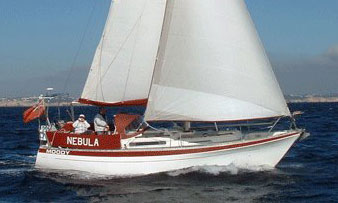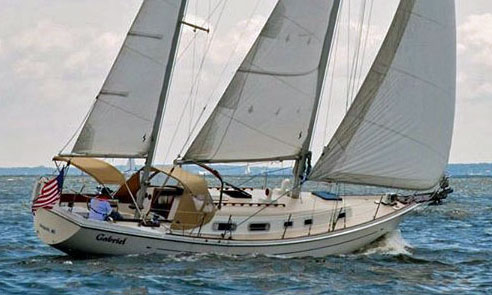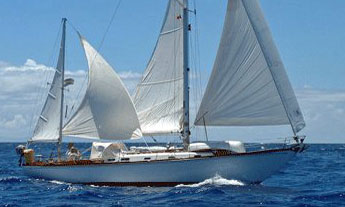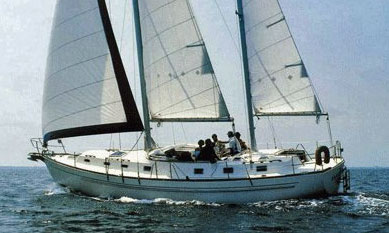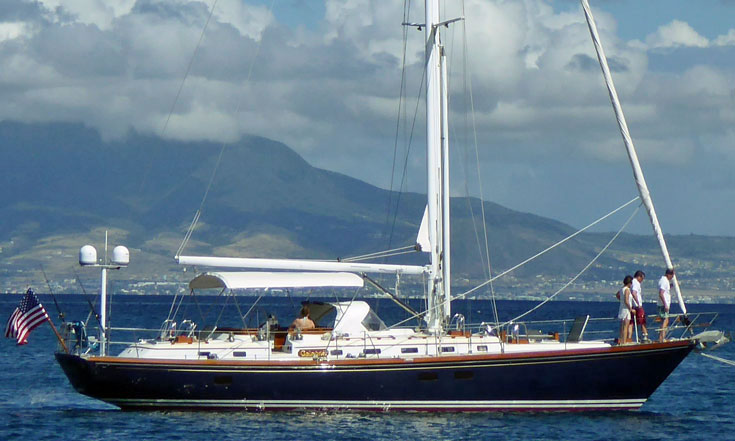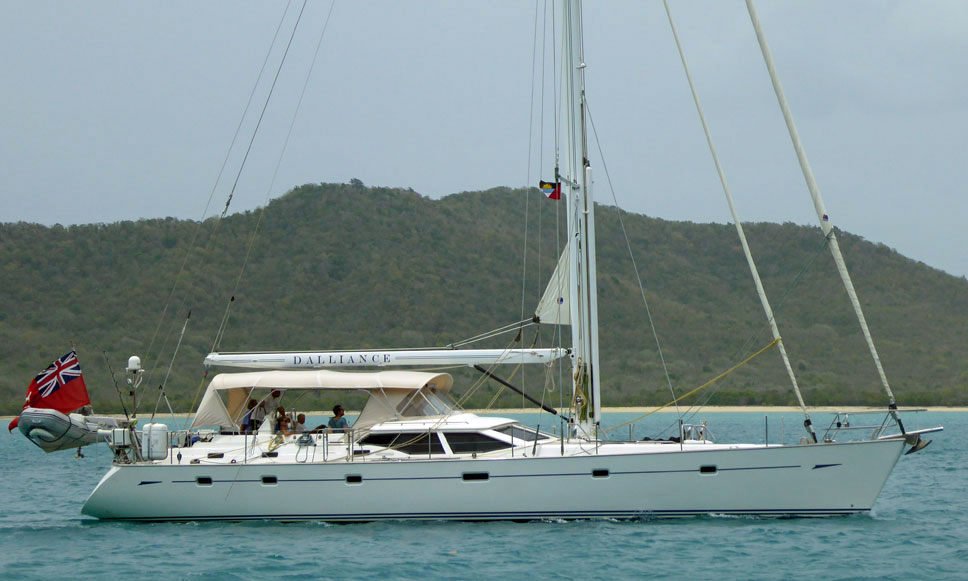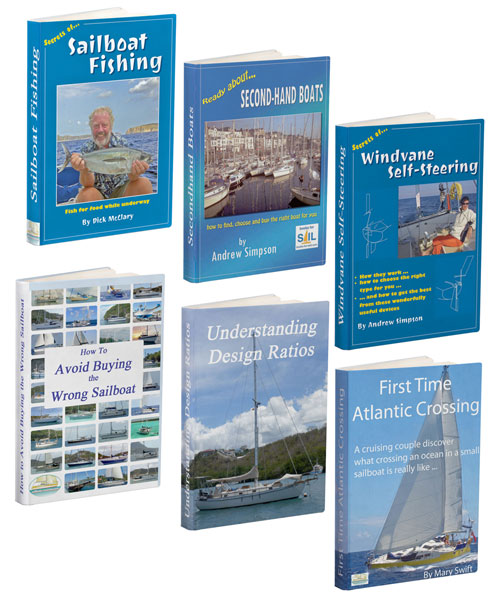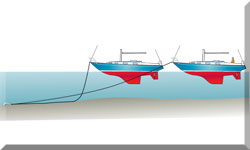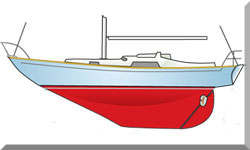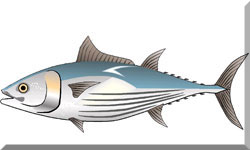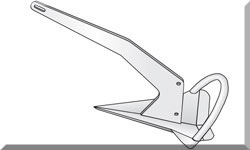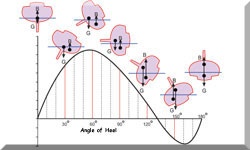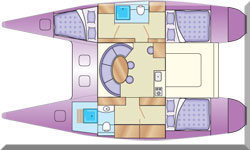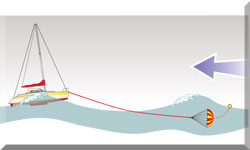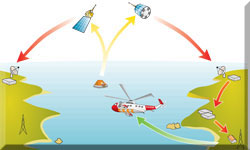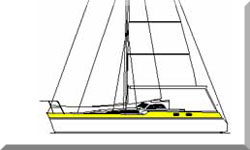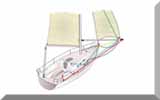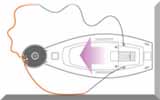- Home
- Cruising Yachts 30' to 35'
- MG 335
The MG 335 Sailboat
Specs & Key Performance Indicators
The MG 335, a light displacement fractionally rigged cruiser, was designed by Tony Castro and built in the UK by Northshore Yachts.
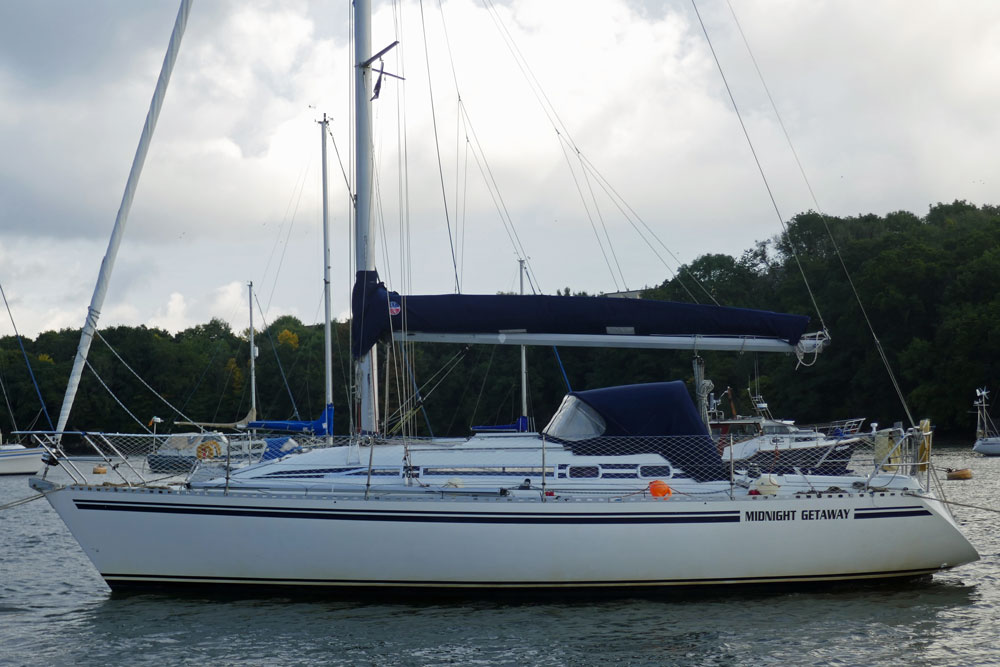 An MG 335 Sailboat
An MG 335 SailboatPublished Specification for the MG 335
Keel & Rudder Configuration: Fin keel and spade rudder.
Hull Material: Glass-reinforced plastic (GRP).
Length Overall: 34'9" (10.59m)*.
Waterline Length: 27'8" (8.43m)*.
Beam: 11'3" (3.43m)*.
Draft: 6'3" (1.91m)*.
Rig Type: Fractional sloop.
Displacement: 8,900 pounds (4,037 kilograms)*.
Ballast: 3,800 pounds (1,724 kilograms)*.
Sail Area: Approximately 536ft2 (50m2).
Water Tank Capacity: 46 gallons (210 litres).
Fuel Tank Capacity: 21 gallons (95 litres).
Hull Speed: 7.1 knots.
Designer: Tony Castro.
Builder: Northshore Yachts (United Kingdom).
Year First Built: 1986.
Year Last Built: 1994.
* Used to derive the design ratios referred to later in this article - here's how they're calculated...
Options & Alternatives
The MG 335 was available with a standard deep fin keel or a shallow draught wing keel.
A later version of the MG 335 sailboat was produced, known as the MG 346. This version retained the fundamental design and characteristics of the MG 335 but incorporated some modifications and upgrades. The MG 346 featured improvements in areas such as interior layout and rigging options, offering enhanced comfort and performance while maintaining the versatility and appeal of the original model.
Sail Areas & Rig Dimensions
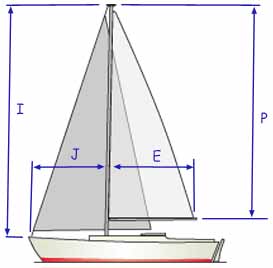 Sail Areas & Rig Dimensions
Sail Areas & Rig DimensionsThe MG 335 sailboat has a total sail area of approximately 536ft2 (50m2).
I: 39'4" (12.0m)
J: 11'6" (3.5m)
P: 34'5" (10.5m)
E: 12'2" (3.7m)
Published Design Ratios
The Key Performance Indicators (KPIs)
The MG 335 sailboat's design ratios provide valuable insights into its theoretical sailing characteristics:
Sail Area/Displacement Ratio (SA/D) of 20.0: This suggests the MG 335 has a good amount of sail area relative to its displacement. A higher SA/D generally translates to better light-air performance and quicker acceleration. You can likely expect this boat to be reasonably responsive and capable of maintaining speed in lighter breezes.
Ballast/Displacement Ratio (B/D) of 42.7: This is a fairly high ballast ratio. A significant portion of the boat's weight is concentrated in the ballast (likely the keel), which contributes to good stability and the ability to stand up to a decent amount of wind without excessive heeling. This suggests a relatively stiff boat.
Displacement/Length Ratio (D/L) of 188: This falls into the moderate displacement range. Boats in this category often strike a balance between performance and comfort. They are typically not as tender as ultra-light displacement boats nor as sluggish as heavy displacement cruisers. The MG 335 likely offers a reasonable compromise for both cruising and more spirited sailing.
Comfort Ratio of 18.4: This ratio aims to quantify the motion comfort of a sailboat in a seaway. A higher number generally indicates a more comfortable motion. A Comfort Ratio of 18.4 suggests that the MG 335 should offer a relatively comfortable ride, likely less jerky and more predictable in waves compared to boats with lower ratios.
Capsize Screening Formula (CSF) of 2.2: This formula provides an indication of a boat's theoretical resistance to capsizing in heavy weather. A CSF of 2.0 or less is generally considered good for offshore work. At 2.2, the MG 335 is still within a reasonable range, suggesting a decent level of stability and capsize resistance, although perhaps not as robust as a boat with a significantly lower CSF.
In summary, the MG 335, based on these ratios, likely offers a balanced sailing experience:
- It should perform reasonably well in light to moderate winds thanks to its good sail area to displacement ratio.
- It should be relatively stable and capable of handling stronger winds due to its high ballast ratio.
- The moderate displacement suggests a good balance between performance and a comfortable motion in waves.
- The comfort ratio indicates a relatively pleasant ride.
- The capsize screening formula suggests a decent level of safety in heavier conditions.
But the Design Ratios are Not the Whole Story...
Although the design ratios can be interpreted to provide an indication of such a vessel's likely sailing characteristics they do however, have their limitations:
- The design ratios are static measurements which don't account for dynamic factors like wave action, wind gusts, or crew actions.
- They simplify complex interactions into single numbers, which can be misleading. Real-world performance is influenced by a multitude of factors that these ratios can't fully capture.
- The context in which the boat is intended to be used (e.g., coastal cruising vs. offshore racing) can greatly affect how these ratios should be interpreted.
Consequently, while these ratios provide valuable insights into the theoretical performance characteristics of a sailboat, they should be used as part of a broader assessment that includes practical experience, sea trials, and expert advice.
More Specs & Key Performance Indicators for Popular Cruising Boats
.........................
I wrote this article using GPT-4, OpenAI’s large-scale language-generation model, as a research assistant to gather information, summarize research findings, and provide suggestions for the content and structure of the article.
Dick McClary, creator and owner of sailboat-cruising.com
.........................
Recent Articles
-
Hans Christian 43: Classic Bluewater Cruiser & Liveaboard Sailboat
Dec 10, 25 04:37 AM
Explore the Hans Christian 43: a legendary heavy-displacement, long-keel sailboat. Read our in-depth review of its specs, design ratios, and suitability for offshore cruising and living aboard. -
Planning Your Sailboat Liveaboard Lifestyle: An Ocean Sailor's Guide
Dec 06, 25 05:18 AM
Seasoned sailors share their methodical risk analysis for planning a secure Sailboat Liveaboard Lifestyle, covering financial, property, and relationship risks. -
Marine Cabin Heaters: The Expert’s Guide to Comfort & Safety at Sea
Dec 05, 25 06:52 AM
Choose the best Marine Cabin Heaters for your vessel. Expert advice on diesel, paraffin, and hot water systems for year-round cruising comfort.
